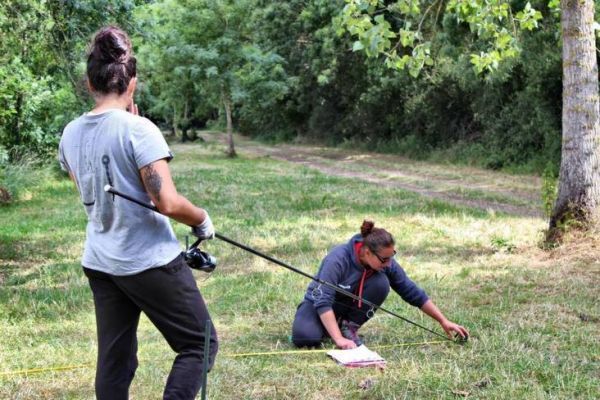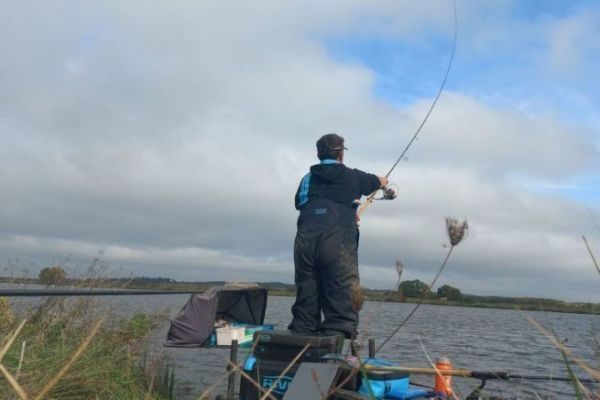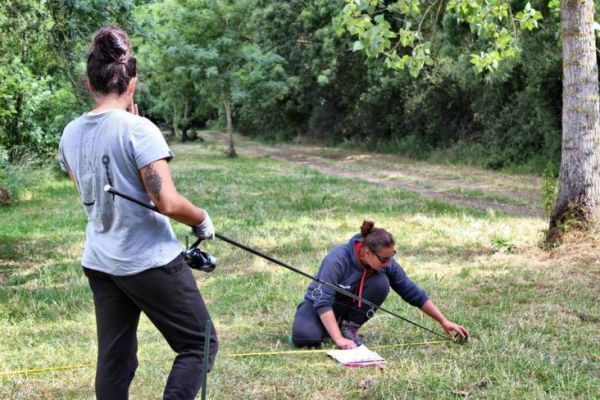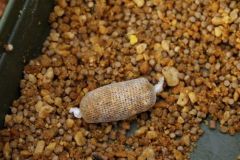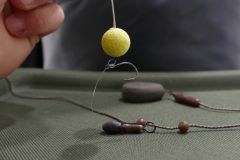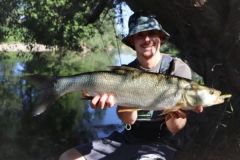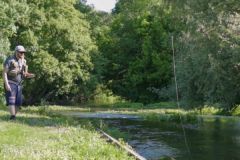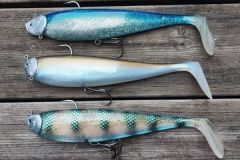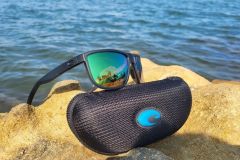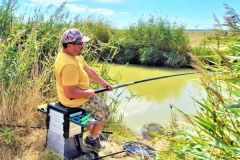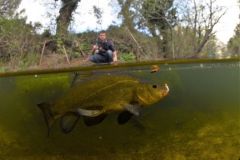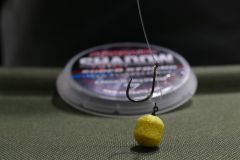Always fish at the same distance thanks to the distance spikes
The primary purpose of these distance stakes is to be able to fish at exactly the same distance on each cast.
Installation is quick and easy. Simply drive the stakes directly into the ground. A strip, mixed or not, is provided with the stakes. This strip measures according to the marks 3 mètres, 4 mètres, 5 mètresâeuros¦ You thus have the distance between your spikes.
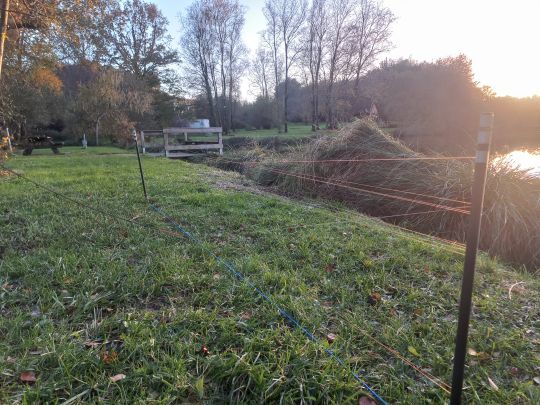
Then place your lead or cage in line with a stake. Then you just have to unroll your nylon around the poles. Either by crossing them, or by turning around. Some people use the spool brake, but I prefer to open the pik-up, hold the line, and give the tension myself to unwind it.
We then calculate the number of turns, which we multiply by the distance between the stakes. You then have the distance at which you will fish. It's called a turn, but it's counted as a round trip, from stake A to stake B. For example, if you make 14 turns (7 round trips), the distance between your stakes is 3 meters. We calculate 14 x 3 = 42 meters. You are fishing at 42 meters, clipped to the reel. If you clip on the rod, at 42 meters, you add the length of the rod to get your exact fishing distance.
You may want to prepare a small chart for yourself so you don't have to recount each time, or have your children review the multiplication tables.
Marking distances
There are several ways to mark distances. The reel's clip-line, or a plotter pen.
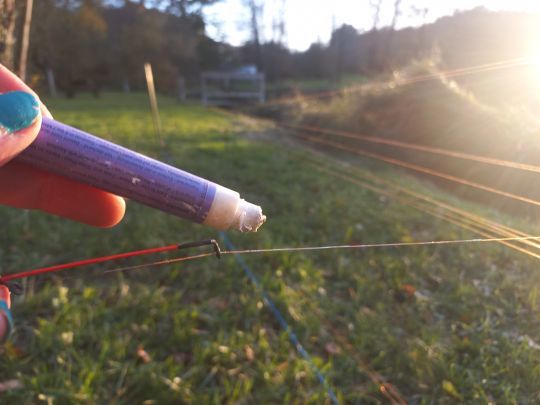
Either you mark the distance at the tip or at the reel. Indeed, if you want to mount several rods, and they are not the same length, it is better to mark the line at the tip. If you have rods of the same length, or if you only have one rod to prepare, choose one of the two ways.
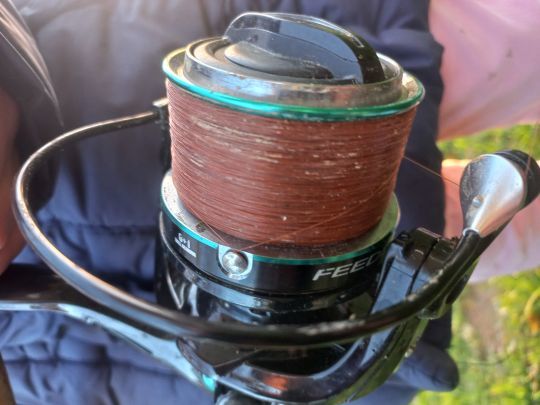
On the other hand, during the survey, you can clip your nylon on the reel. A zone, without encumbrance, a bottom of pebbles, a zone without mud, or deeper. The place which seems to you the most judicious to fish. And then, come and check this distance on the stakes. You have the indication of a zone at a precise distance. At the feeder, we count the seconds until the cage touches the bottom. By casting at different distances, you can then find a deeper area.
This aspect, allows to make a cartography of the fishing area.
With a marker and lead to probe, in particular in carp battery, the notion of being able to have a precise water height is added to this mapping. I will mention it in a future article.
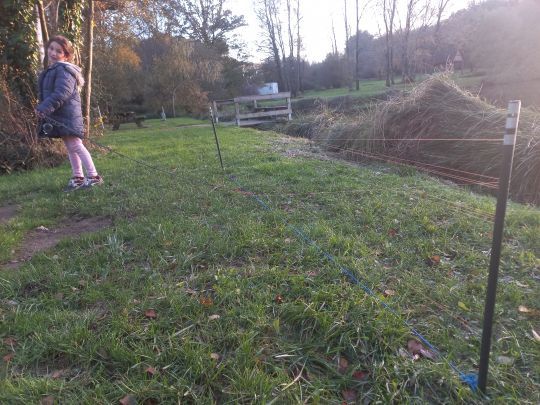
The distance picks are also used with the baiting rod, in carp battery. By clipping the rods at the same distance, the rods in action of fishing are posed on the primed zone.

 /
/ 